I've traveled to 20 countries in 2 years. I found the most stunning coast in one of the least-visited countries.
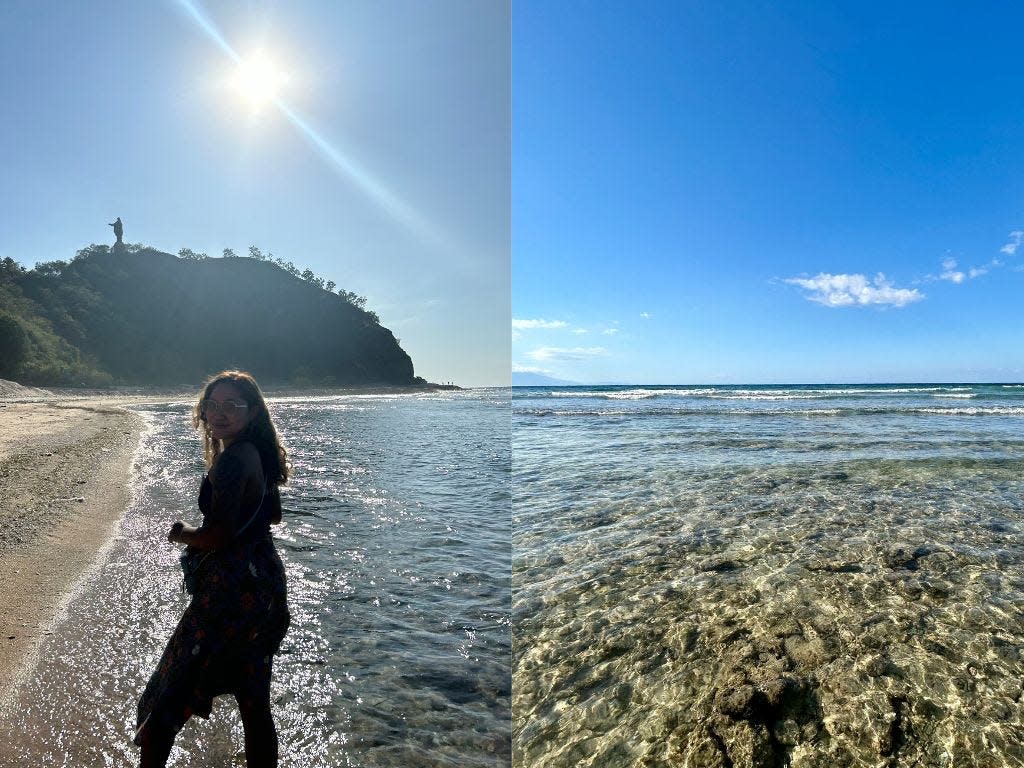
I traveled to Timor-Leste in May and spent four days exploring its capital city.
Timor-Leste is one of the least-visited countries in the world.
While inaccessible and expensive, it was worth visiting for its unspoiled coastline.
I've spent the past two years traveling to 20 countries. While most of these countries — from the Maldives to France — were among the world's most popular, it was the off-the-beaten-path destinations that I enjoyed most.
Last month, I traveled to Timor-Leste, a country located in the South Pacific. The country comprises the eastern part of Timor Island and two smaller islands. At 5,800 square miles, it's comparable in size to the Bahamas.
It's also the 14th least-visited country in the world and the least-visited in Asia, according to a January report from CEOWorld magazine. Some 81,000 tourists visited Timor-Leste in 2023 — putting it just ahead of Chad and Sierra Leone, per the report.
The lack of tourists is not a direct result of the pandemic either. Back in 2019, only around 80,000 tourists had visited, per the National Statistics Directorate Timor. While researching my trip, I struggled to find information online for tourists — save for a handful of short vlogs on YouTube. I ended up having to learn along the way.
Here are seven things that surprised me about Timor-Leste.
1. It's difficult to fly there — and even harder to get around.
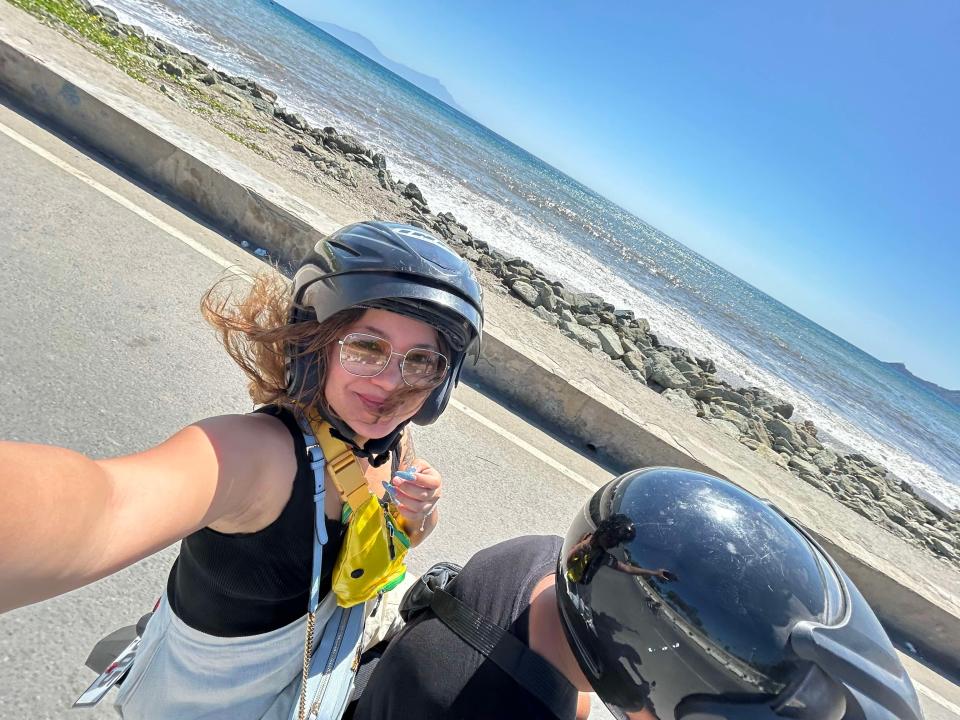
Only a handful of airlines fly to Dili, the capital, where the only international airport in Timor-Leste is located. Tourists can only fly to Dili from Bali, Indonesia, and Darwin, Australia. I was in Bali for three weeks, so I decided to fly with the Indonesian budget airline Citilink. Dili's airport is tiny — there's only one departure gate and one runway.
There are no ride-hailing services in Timor-Leste. While there are some taxis to help tourists get around, I only spotted them around the airport and in the city center. I ended up meeting Fernando, a local, who took me around the city on a scooter. I found that traveling via scooter was the best way to sightsee from the coasts to the surrounding mountains.
2. There aren't many options when it comes to accommodation.
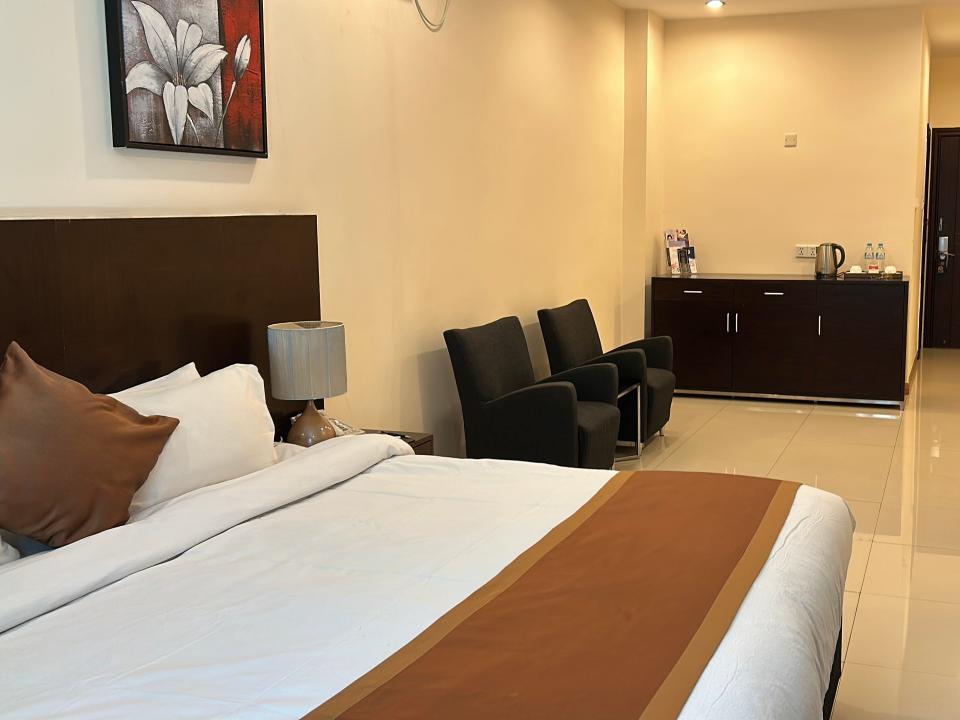
While Hilton plans to open a hotel in Dili's business district later this year, when I visited, there were no luxury resorts or international hotel chains in Timor-Leste. With only around 70 hotels and guesthouses in the country listed on Google Hotels, lodging choices online were limited. I booked three nights at Timor Plaza Hotel & Apartments, a three-star hotel located next to a small mall in the city center.
After chatting with other travelers, I found many were staying in local guesthouses by the beach. They're usually a simple set-up, comprising a small room with a bed, mosquito net, and a fan. You can spot signs at the side of the road showing if there are rooms available for the night. Since there are very few tourists in the country, chances are you can negotiate a rate and book your stay on the spot.
3. Locals use US dollars — which means it's more expensive than other nearby countries.
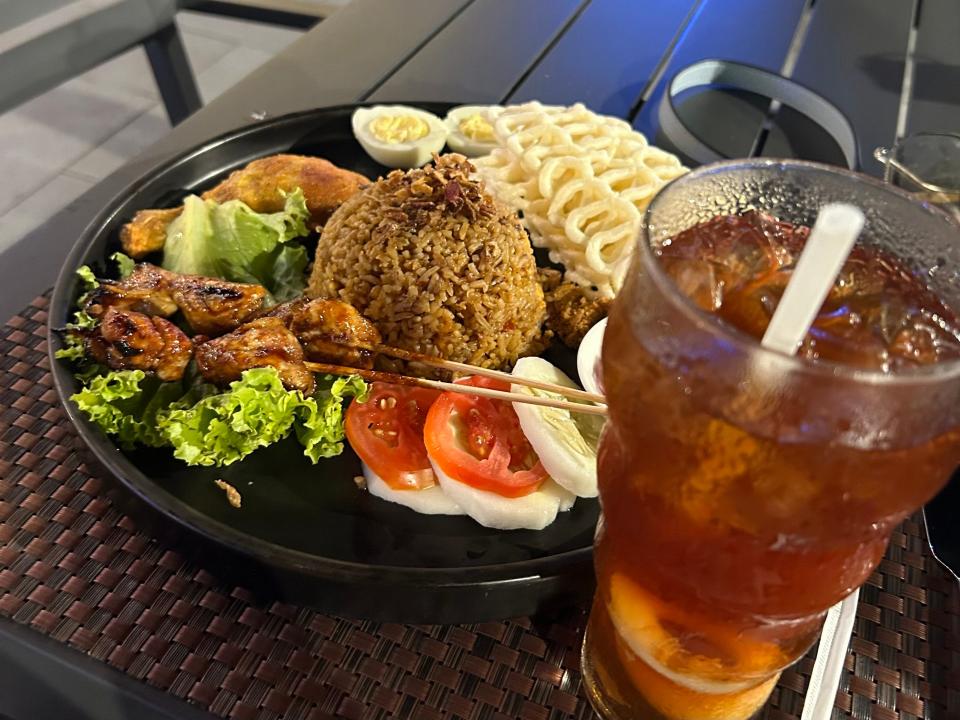
The US dollar is the official currency. While used interchangeably, The East Timor Centavo is only minted in coins and pegged to the US dollar at $1 to 100 centavos. This makes Timor-Leste more expensive than many other countries in Asia.
In Bali, a plate of nasi goreng — an Indonesian fried rice with satay — costs an average of between $3 to $4.50. In Dili, I paid between $10 and $15 for a similar dish. In Bali, renting a scooter for a day can cost as little as $3. In Dili, it costs over five times more, between $25 and $35.
4. Not everyone speaks the same language.

While Portuguese and Tetum are the official languages of Timor-Leste, English and Indonesian are the working languages. However, only 13.5% of locals speak Portuguese, according to the US Department of State.
The majority of locals I met in Dili spoke Tetum and Indonesian. Due to the high number of ethnic groups in Timor-Leste, there are at least 16 additional languages between them.
As I grew up in Singapore and can speak some Indonesian, when locals didn't speak English, that was my fallback language. Although Fernando, my guide, told me tourists needed to be careful when conversing in Indonesian. He noted that some locals may get offended, considering the complicated history between these countries. I found that it was best to ask what language they prefer to speak when in doubt.
5. Very few American chains operate in the country.
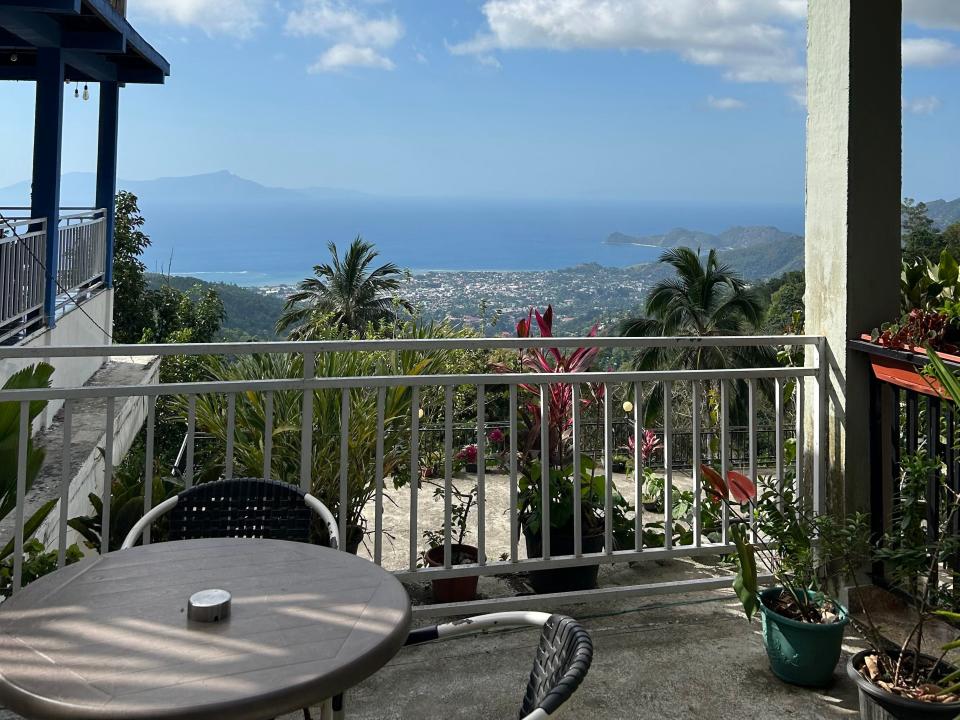
Only a handful of American food chains exist in Timor-Leste, mostly in Dili's city center. I spotted a Burger King and a Gloria Jean's Coffee outlet next to each other right outside the hotel where I was staying — McDonald's doesn't operate in Timor-Leste. As an adventurous eater, I had all my meals at locally-run eateries and cafés, where I had Indonesian and Timorese fare.
A few stores sell American brands like Head and Shoulders and Maybelline when it comes to toiletries and makeup. But no-name brands are more common and are sold for much cheaper.
6. The landscapes are some of the most pristine in the region.
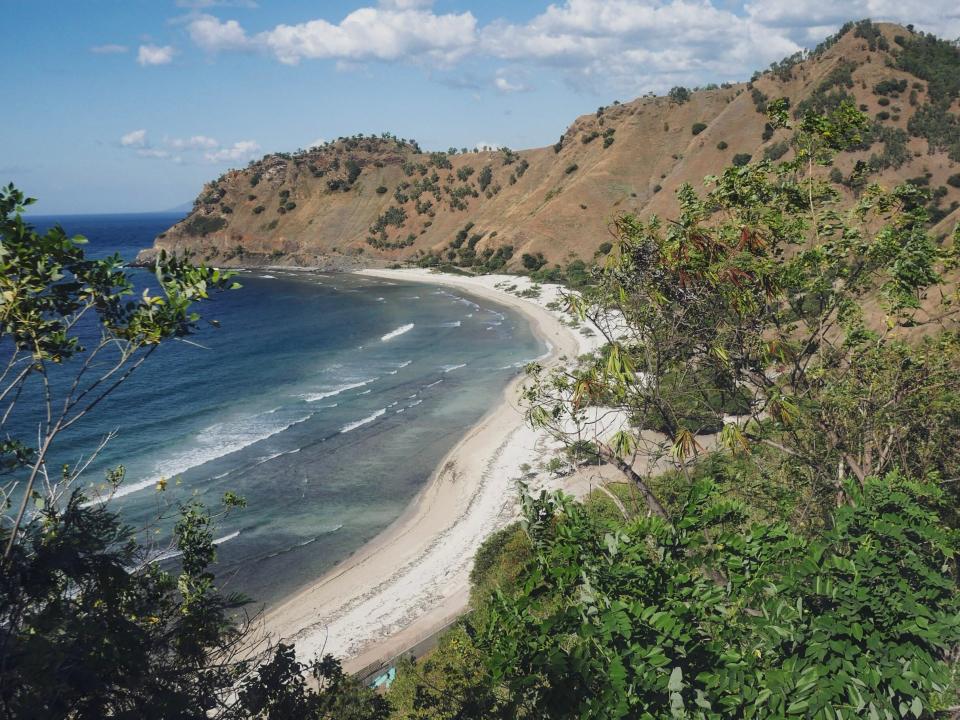
I found that Timor-Leste offered some of the most scenic views in Asia.
I spent most of my time at Cristo Rei Beach — which is overlooked by an 88-foot-long statue of Jesus Christ — at the northern tip of Dili. It's a natural white-sand beach with the clearest waters I have ever seen — even clearer than the Maldives. I could see the outline of the mountainous Atauro Island from the coast, famed for its rich, colorful reefs.
After traveling the region extensively, I found Dili the most scenic capital city I've seen. Its gorgeous coastline is flanked by towering mountains.
7. You won't find the local nightlife listed online — but you'll find it in the streets.
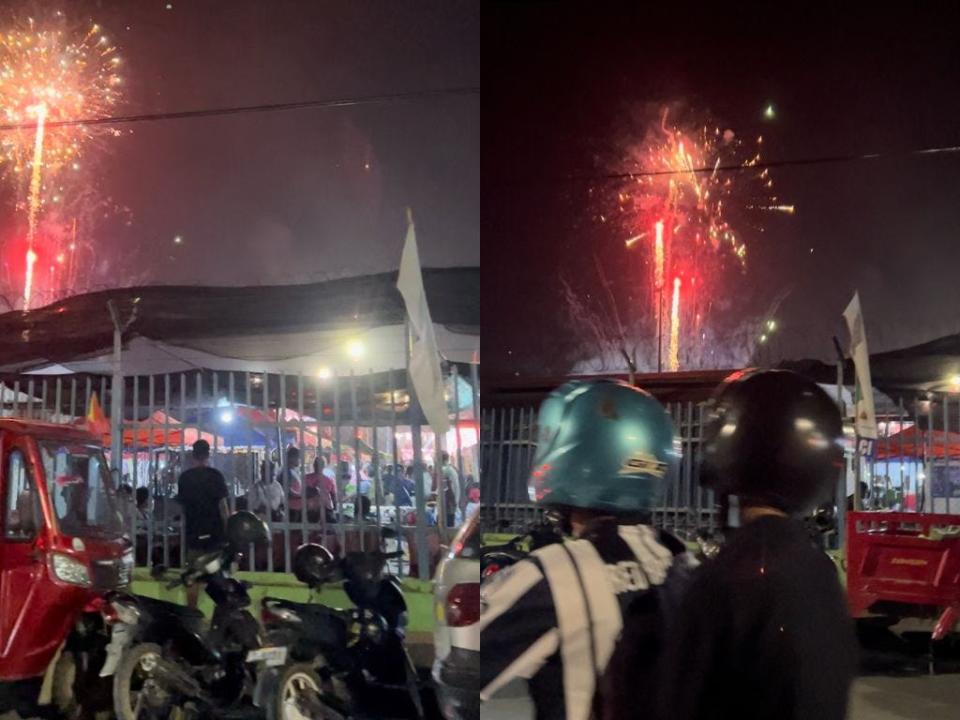
On Google Maps, there are only a few local nightlife establishments listed — and most have no photos, reviews, or information. But my guide, Fernando, shared that locals love drinking the local palm wine and dancing to Kizomba, a dance genre originating from Angola, in the late evenings.
I was fortunate to be in Timor-Leste on May 20, during National Day. It marks when the country gained independence from Indonesia. I found thousands of people partying by the beach and hundreds of motorcycles revving down the coast to celebrate the day. The energy was unexpected — and a memorable surprise that I'll never forget.
Read the original article on Business Insider

